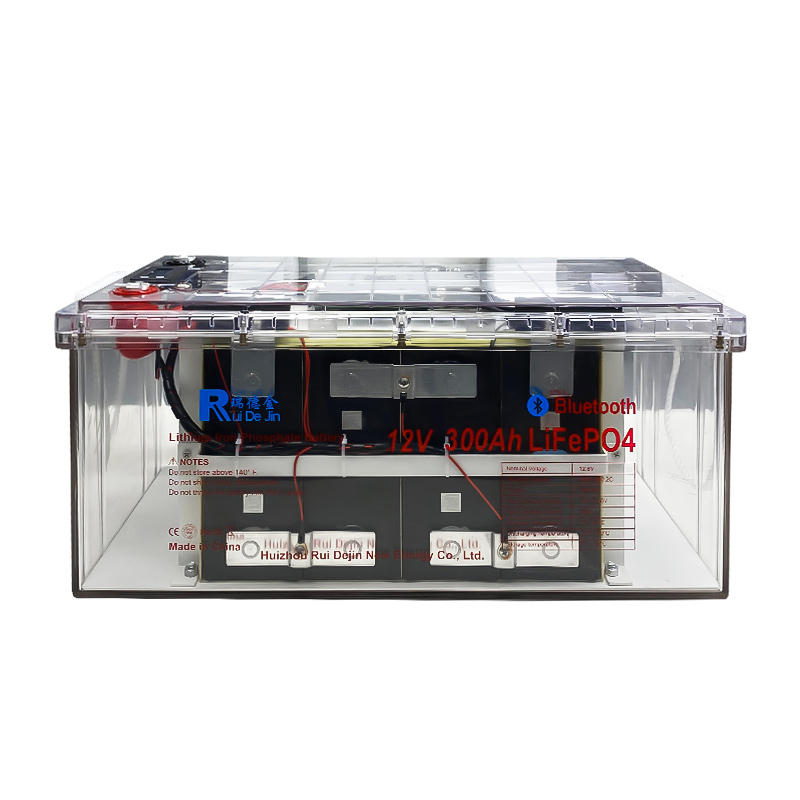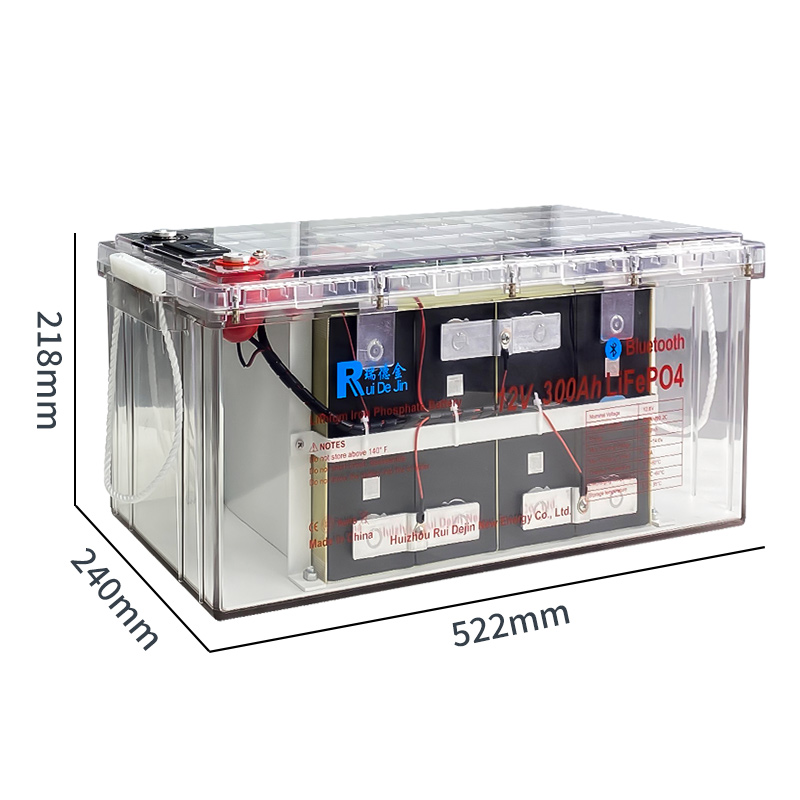1. Solar cells 1.Information marks on solar cells Since the production line for producing solar cells can produce about 20,000 pieces per day, for the same batch, the products on the same production line are directly printed with logos during the production process, which facilitates the management of future product quality problems, so that they can be found out. Which production line, which day and which team produced the solar cells has a problem. In view of the above reasons, there is an urgent need to find a printing technology to mark these information on solar cells during the production process. If this information is randomly marked on the production line, inkjet printing is currently the only way to do it. This is because: ① Because solar cells obtain energy through surface lighting, they need to retain the light-receiving area as large as possible. Therefore, in the process of labeling information on solar cells, it is required that the labeling information occupies as small an area as possible on the surface of the solar cell, and about 4 digital information, such as date, production batch, etc., should be marked within a distance of about 2 to 3 mm. ② It is required that the marked information can continuously change as the information that needs to be recorded changes, so that it can be directly controlled by the computer system. ③In addition to the above two requirements, it is also required that the speed of labeling information must be coordinated with the production speed of solar cells to achieve production on the assembly line. ④For printed logos, it is also required that the solar cells have been sintered at a high temperature of 800°C, and the logos can be easily identified by instruments. ⑤The color material used to mark information on solar cells is preferably the silver paste used to print electrode lines during the production process. If the silver paste particle size is suitable, it can be used. 2. New printing method for electrode lines of solar cells The screen printing currently used is contact printing, which requires a certain amount of printing pressure to print the electrode lines we need. As the thickness of solar cells continues to decrease with the continuous improvement of technology, if this traditional screen printing method is still used, there is the possibility of crushing the solar cells during the production process, which will affect the quality of the product. Not guaranteed. Therefore, we are required to find a new printing method that can meet the requirements of solar cell electrode lines without printing pressure and without contact. Requirements for electrode wires: In a square area of 15cm × 15cm, many electrode wires are sprayed out, and the thickness of these electrode wires is required to be 90μm, the height is 20μm, and they must have a certain cross-sectional area to ensure the flow of current. In addition, it is also required to complete the printing of a solar cell electrode line within one second. 2. Inkjet printing technology 1. Inkjet printing method There are more than 20 inkjet printing methods. The basic principle is to first generate small ink droplets and then guide them to a set position. They can be roughly summarized into continuous and intermittent printing. The so-called continuous inkjet produces ink droplets in a continuous manner regardless of printing or non-printing, and then recycles or disperses the non-printing ink droplets; while intermittent inkjet only generates ink droplets in the printed part. . ①Continuous inkjet printing The ink flow printed with deviated ink droplets is pressurized, ejected, vibrated, and decomposed into small ink droplets. After passing through the electric field, due to the electrostatic effect, the small ink droplets fly straight forward regardless of whether they are charged or not after flying over the electric field. When passing through the deviating electromagnetic field, the ink droplets with large charge will be strongly attracted and thus bend to a larger amplitude; otherwise, the deflection will be smaller. The uncharged ink droplets will accumulate in the ink collecting groove and be recycled. Printing with non-deviated ink droplets is very similar to the above type. The only difference is that the deviated charges are recycled, and the non-deviated charges travel straight to form prints. The unused ink droplets are charged and split, and the ink flow is still pressurized and ejected from the nozzle, but the tube hole is more slender, with a diameter of about 10 to 15 μm. The tube holes are so fine that the ejected ink droplets will automatically break down into extremely small ink droplets, and then these small ink droplets will pass through the charge ring of the same electrode. Since these ink droplets are quite small, the same charges repel each other, causing these charged ink droplets to split into mist again. At this time, they lose their directionality and cannot be printed. On the contrary, uncharged ink will not split to form imprints and can be used for continuous tone printing. ②Intermittent inkjet printing. Pulled with static electricity. Due to the electrostatic pulling force when ink is ejected, the ink at the nozzle hole will form a convex half-moon shape, which is then juxtaposed with an electrode plate. The surface tension of the convex ink will be damaged by the high voltage on the parallel electrode plate. As a result, the ink droplets will be pulled out by electrostatic force. These ink droplets are electrostatically charged and can be deflected vertically or horizontally, shot to a set position or recovered on a shielding plate. Thermal bubble inkjet. The ink is heated instantly, causing the gas near the resistor to expand, and a small amount of ink will turn into steam, which will push the ink out of the nozzle and make it fly to the paper to form a print. After the ink droplets are ejected, the temperature immediately drops, causing the temperature inside the ink cartridge to also drop rapidly, and then the protruding ink is pulled back into the ink cartridge by the capillary principle. 2. Application of inkjet printing Since inkjet printing is a non-contact, pressure-free, and plate-free digital printing method, it has unparalleled advantages over traditional printing. It has nothing to do with the material and shape of the substrate. In addition to paper and printing plates, it can also use metal, ceramics, glass, silk, textiles, etc., and has strong adaptability. At the same time, inkjet printing does not require film, baking, imposition, printing and other processes, and has been widely used in the printing field. 3. Ink control in inkjet printing During inkjet printing, in order to ensure the results, the parameters of the printing ink must be controlled appropriately. The conditions to be controlled during printing include the following. ① In order not to block the inkjet head, it must pass through a 0.2μm filter. ②The sodium chloride content must be less than 100ppm. Sodium chloride will cause the dye to settle, and sodium chloride is corrosive. Especially in bubble inkjet systems, it can easily corrode the nozzle. Although the nozzles are made of titanium metal, they will still be corroded by sodium chloride at high temperatures. ③Viscosity control is 1~5cp (1cp=1×10-3Pa·S). Micro-piezoelectric inkjet system has higher viscosity requirements, while bubble inkjet system has lower viscosity requirements. ④Surface tension is 30~60dyne/cm (1dyne=1×10-5N). Micro-piezoelectric inkjet system has lower surface tension requirements, while bubble inkjet system has higher surface tension requirements. ⑤ The drying speed should be just right. If it is too fast, it will easily block the inkjet head or break the ink. If it is too slow, it will easily spread and cause serious overlapping of dots. ⑥Stability. The thermal stability of dyes used in bubble inkjet systems is better, because the ink in bubble inkjet systems needs to be heated to a high temperature of 400°C. If the dye cannot withstand high temperatures, it will decompose or change color. In order to reduce costs, solar cell manufacturers require the silicon wafers used in solar cells to be thinner and thinner. If traditional screen printing is used, the silicon wafers will be crushed under the pressure. Inkjet printing technology is pressureless printing and can increase production speed by adding inkjet heads. Inkjet printing technology will definitely develop better in this field in the near future.
Post time: Dec-14-2023


